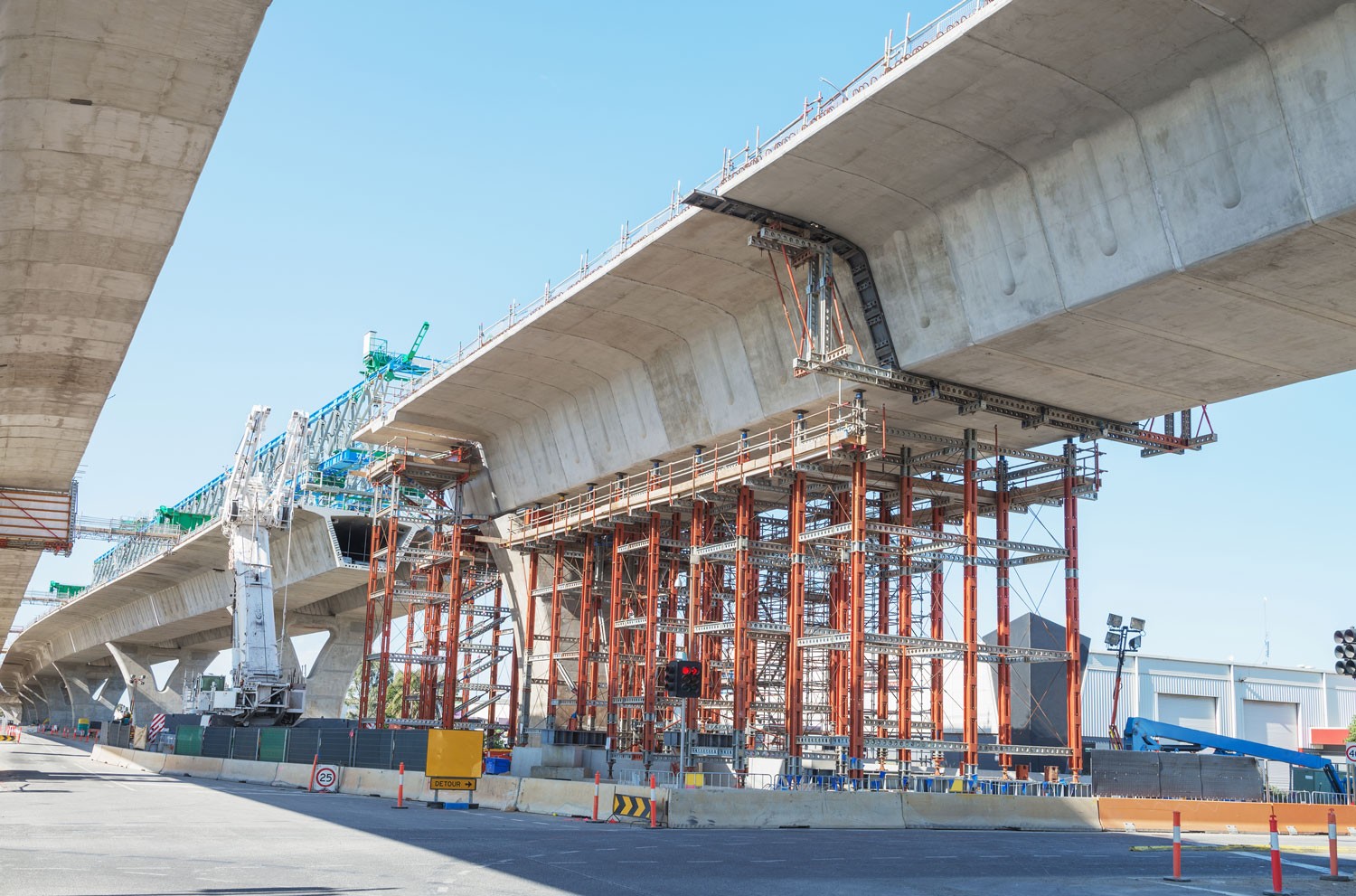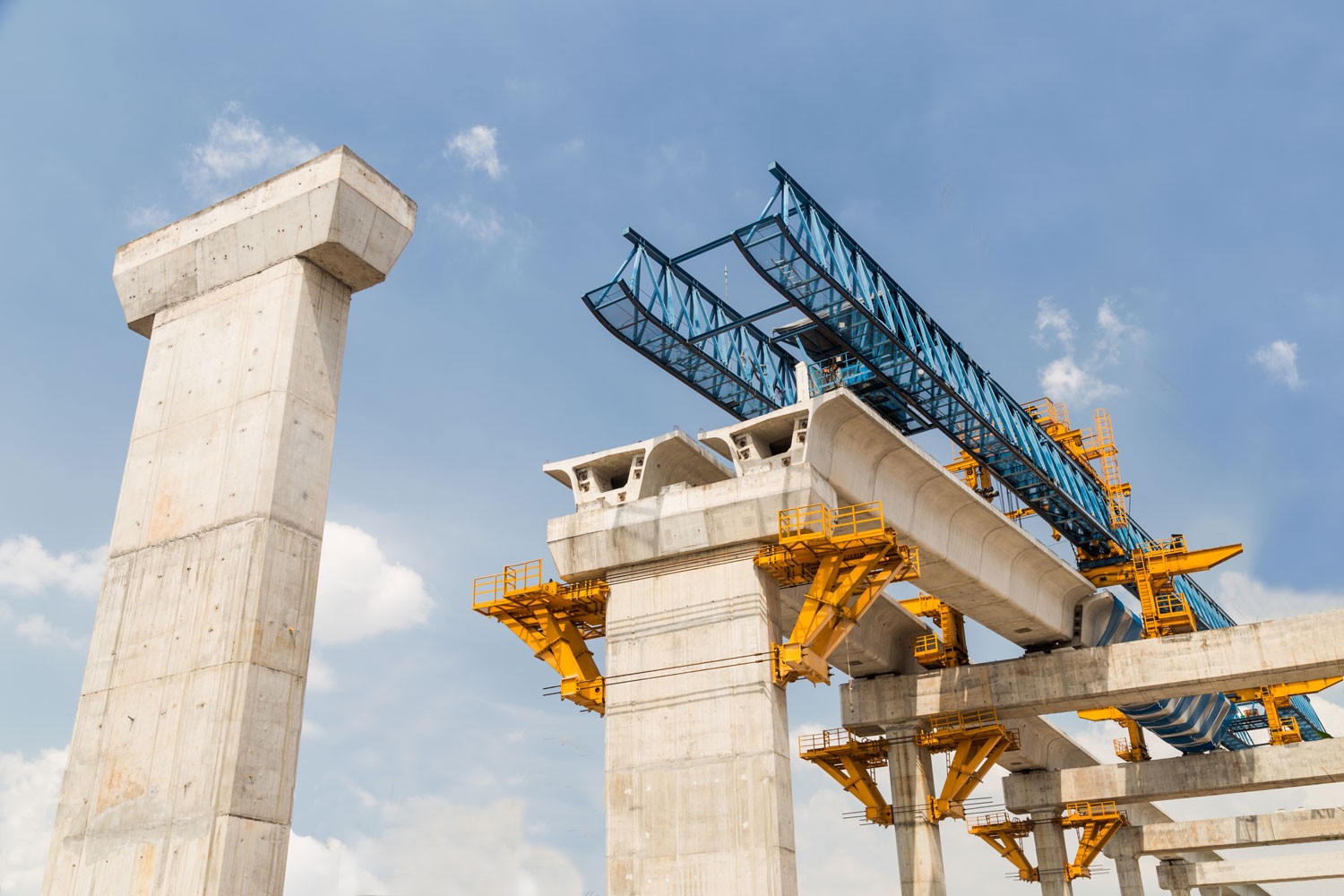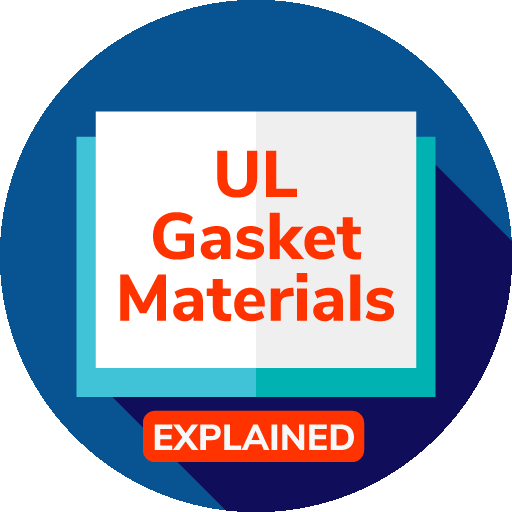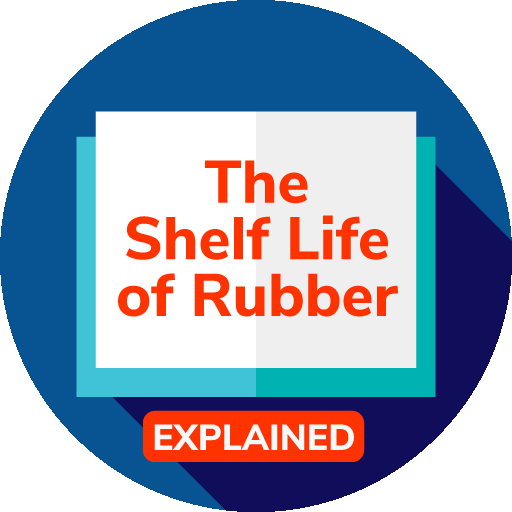Invisible Infrastructure – building bridges on the properties of neoprene rubber.
By John Bonforte, Sr.
Technical Support & General Manager
Monmouth Rubber & Plastics
This paper seeks to simplify the various terms and methods used to describe the properties of rubber. Because most people cross bridges every day and can relate to the various stresses that must be experienced by such structures, the characteristics are explained by using the example of bridge bearing pads.
[PDF] Download – Invisible Infrastructure – building bridges on the properties of neoprene rubber.
A LOT of stress
When you travel your world; to and from work, to the mall, to the side of the road to ponder the world’s largest ball made from rubber bands – you cross bridges. The big ones impress us with their huge pylons and thick cables. The smaller spans we hardly notice, though we could not get where we want to go without them. Have you ever wondered how they accommodate the stresses we apply to them? Why does the constant vibration of Los Angeles traffic not crack foundations, why does the sudden breaking of a speeding freight train not separate steel from its anchors?
Keep in mind that those man-made stresses are no match for Mother Nature. Outdoor structures of every kind either concede to her superior strength, conform to her movements, or they fail. How then, can bridges and dams stand up to Chicago’s cold, to Arizona’s heat, and to California’s rumbling earthquakes?
The answer is Rubber.
It is the unique ability of polymers to stretch and recover that keep bridges, and us as we drive over them, safely suspended. More specifically, there are eight characteristics of properly compounded rubber that allow man-made structures, like bridges, to recover from such a wide variety of stresses over time.
Avoiding a knee replacement
The parts that prevent bridge components from failing under stress are called bearing pads. They are mostly made out of Neoprene rubber and they sit between the concrete pilings and the bridge surface – allowing the bridge surface to vibrate and to expand and contract without grinding against the concrete that holds them up. If the bearing pads fail you have a big problem. Therefore, the important characteristics are not only those that enable neoprene pads to elongate and protect bridge parts, but how durable the pads are under differing conditions.
Think about your knees – the bone on the top is the femur and the bone below is the tibia. In between are pads that keep them from grinding together. Those pads are the meniscus which are like the bearing pads of your body. Osteoarthritis can erode your meniscus causing pain and limiting your ability to walk. Without properly compounded polymeric material in the knees of your bridge, the same thing can happen – the pads can fail and allow bridge parts to wear.
Neoprene rubber is the most often used substance for bearing pads. The simple reason for this is that the characteristics of this compound are well known and have been in use in this application for over fifty years. The approval process for any other substance is tedious so, for now, neoprene rubber is “spec’d in.” It’s important to note that the term neoprene doesn’t mean much unless it is associated with a specific compound, a complex set of ingredients and steps approved for use in highly technical applications like bridge bearing pads.
Keeping us all in the air
This section will review the most commonly measured characteristics of neoprene rubber and how they work together to keep our bridges (cars, buses, trucks and trains, too) in the air.
Hardness
A piece of rubber can be as firm as the rubber on a car tire or as soft as the dish sponge in your sink. Hardness in rubber is measured along a scale known Shore durometer. The device used to measure hardness is, confusingly, also called a Shore durometer. Both measure the hardness of polymers, elastomers, and rubbers. Higher numbers on the scale indicate a greater resistance to indentation, and therefore harder materials, lower numbers are for those less resistant to indentation and softer. Hardness keeps a material from squeezing down into a pancake, and the amount of acceptable “squeeze” has been designed into every bridge you cross. The engineered acceptable range must be maintained when the bridge sits empty by itself and when it is covered end to end in vehicles.
Tensile properties
Take a rubber band and stretch it. The more you stretch, the more force you put on it – that force is described by tensile properties. Assume that the rubber band stretched from 1 inch to 4 inches where it finally broke. The gap from one inch to four is measured as percent elongation and the ultimate elongation is the point where it snapped and bit your finger. The force that got it to 4 inches (where it broke) is measured in PSI and is called ultimate tensile.
Our bridge bearing pad, in order to protect the concrete piling and bridge surface, has to move in place of the piling underneath it. As the bridge moves laterally the rubber naturally distorts forward and backward. Without the right tensile and elongation it won’t function as a bearing pad. The top of the pad must remain still relative to the bridge surface, the bottom stays still relative to the piling, but the middle has to stretch one way or the other. Think of a bridge expanding or contracting with temperature change. Tensile properties measure how much stretch a material has to offer.
Compression
Push down on a stack of sponges. What do you expect to happen? That’s one of the core characteristics of rubbers, when you squeeze them down you want them to recover when the pressure is taken off. The battery of tests used to measure these properties are known as the compression set. They measure a material’s ability to squeeze down yet return to its original thickness. When your uncle drives his big rig over a bridge, you don’t want a bearing pad which is as thick as, perhaps, twenty fluffy pancakes to squeeze down to the thickness of one and stay there. It would no longer do its job and the bridge and road surfaces would no longer align. You want the pad to compress slightly, absorbing some of the force, protecting concrete piling, and then to regain its shape as the truck passes. Bridges remain outdoors and are subject to every condition that Mother Nature has to offer. Forces can come from unexpected directions (like those generated by an earthquake). Bridges are also put into service for a long time. Therefore, compressive stresses are applied at a variety of temperatures and deflections.
Density
Density is a frequently misused term. People often say that they want a firm density or a soft density when density is actually an expression of a substance’s weight in pounds per cubic foot. Density is more a measure of the content quality of rubber than a description of its physical characteristics.
Specific gravity is the measurement used for density. Specific gravity compares the density of the material you are measuring to the density of water. For example, a cubic foot of water weighs 62.4 pounds at sea level. A cellular product with a density of 31.2 pounds per cubic foot would have a specific gravity of .5 because it is half the specific gravity of water. Similarly, a solid product with a density of 124.8 pounds per cubic foot would have a specific gravity of 2. Simple neoprene is about 70 pounds per cubic foot. By the time you are done compounding it’s about 80. Therefore, you wouldn’t want a bridge pad to have a density of 150 pounds per cubic foot because you wouldn’t know what else was in it.
As you ride in a comfortable train seat and begin to cross a bridge, density lets you know that you can trust the rubber materials used in the bridge’s construction. Materials known to be of the proper density will function as designed because they are not overly high with filler content. Like a good crab cake is made with mostly crab and a not so good crab cake is made with a lot of other stuff, a good bearing pad is made with mostly neoprene rubber.
Oxygen Resistance
Antioxidants protect the rubber from the effects of oxygen exposure, or oxidation. Rubber polymers are hydrocarbons and in the overall scheme of things they want to return to their natural state of being free hydrogen and free oxygen. A rubber article that has been degraded by either oxygen or ozone looks like there is a silver-gray film and or cracks on the surface of the rubber. The compounder needs to put antioxidants into the rubber to slow down the oxidation of the polymers over time and extend the life of the bearing pad.
Our bodies essentially perform the same way and current medical wisdom states that a diet rich in antioxidants may similarly provide us with longevity. This is where the unique formulation of the bearing pad comes into play. There are a variety of ingredients that must be added to the rubber compound and many of these formulations are proprietary. Additionally, there are also anti-ozonants that are added to protect against Ozone.
These are chemicals and waxes that “bleed” to the surface of rubber articles and protect them against the effects of ozone. They allow the bearing pad you drive over today to perform the same way ten years from now when you drive over it with your children and twenty five years after that with your grandchildren.
Temperature
You visit your rubber compounder to inspect a new material. It stretches out to the perfect tensile and elongation at room temperature. Would you get in your car and drive over a bridge supported by that material? What if that bridge is in Arizona on a hot day? Suppose you are driving in New Hampshire in the dead of winter, do you know what the performance physicals are then? Does the pad stretch too far in the heat or is it rigid in the cold? Temperature influences the properties of polymers much more than with many other construction materials.
This is not just seen as variations in the actual properties when the temperature changes but also in that critical temperatures are reached relatively early. Therefore, there are a number of tests for bridge pad rubber that confirm it maintains the desired characteristics through a wide range of temperatures.
This is another example of where the formulation is key, as is having trust in the compounder. The wrong formulation won’t function adequately and therefore the parts being protected could be exposed to more wear and fail sooner than designed.
Resilience
Resilience is another commonly misunderstood characteristic. Many people assume that resilience refers to the resilience of the final product – how long it will last. Resilience is actually a measure of the ability of a rubber compound to recover to the specified thickness under pressure and deformation, how elastic it is when exposed to various stresses. There is initial resilience and then there is the retention of resilience over years and environmental conditions. Resilience is measured as the ratio of energy released in deformation recovery to the energy that caused the deformation.
After two recent hurricanes and years of service in New York City Traffic, you are confident that the bridge you are about to cross has recovered from the commuter train ahead of you due to the resilience of the rubber used in the bearing pads.
Conclusion
The neoprene used in bridge bearing pads is a synthetic product engineered to function for a long time in an environment filled with natural and artificial stresses. From earthquakes and hurricanes, to freight trains and LA traffic, these components need to function as designed decade after decade. The effects of sunlight, ozone, heat, and cold need to be address as well in the formulation so that the bearing stretch and recover and protect the bridges we drive over. Working with a knowledgeable and experienced compounder is key.

FREE TECH SUPPORT
John Bonforte Sr., GM & Technical Director
EXT. 112 – Call and just “Ask John”:
Intl: +1 732-229-3444
or Toll Free: (800) 375-1960

Sponge Rubber & Plastic Foam Material Library – Resource Downloads
Monmouth Rubber & Plastics has valuable partnerships with
key suppliers and provides the best product solutions to our customers.
TECHNICAL DATA SHEETS
EXPLAINED…
Neoprene Explained
Neoprene was the world’s first fully commercial synthetic elastomer
EVA Explained
Ethylene-vinyl acetate (EVA) is the copolymer of ethylene and vinyl acetate.
ASTM D 1056 explained
Standard Specification For Flexible Cellular Materials
UL Gasket Materials explained
Underwriters Laboratories has a set of industry standards that it uses to test electronic components, including gaskets.
The Shelf Life of Rubber explained
With the above in mind, it is important not to confuse Shelf Life with Service Life.

Monmouth Rubber & Plastics Corporation
Manufacturer of Closed Cell Sponge Rubber and Plastic Foam
Monmouth Rubber & Plastics Corporation
75 Long Branch Avenue
Long Branch, N.J. 07740
USA
INT’L PHONE: (732) 229-3444
TOLL FREE: (888) 362-6888
EMAIL: sales@monmouthrubber.com










